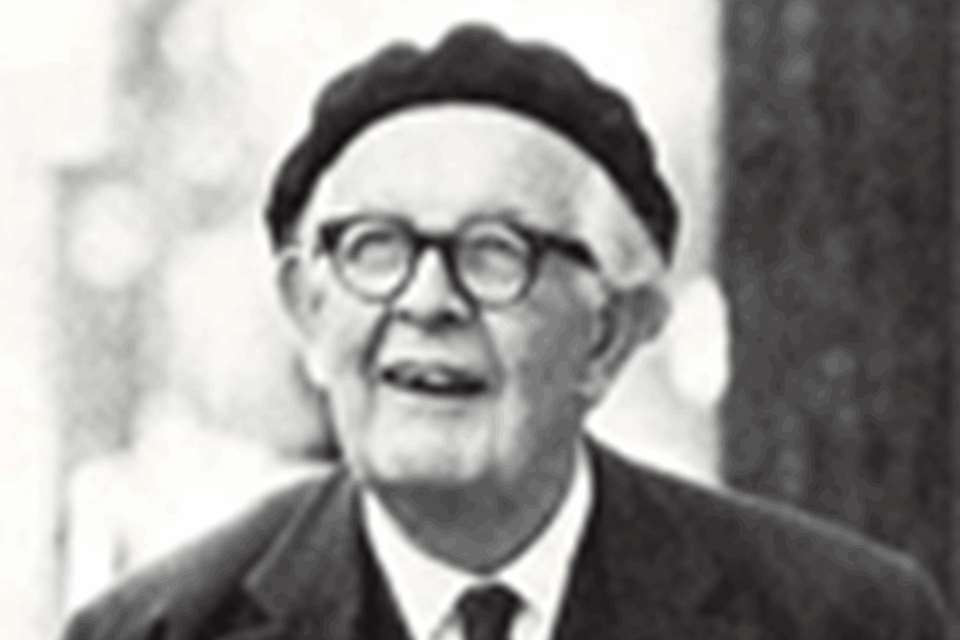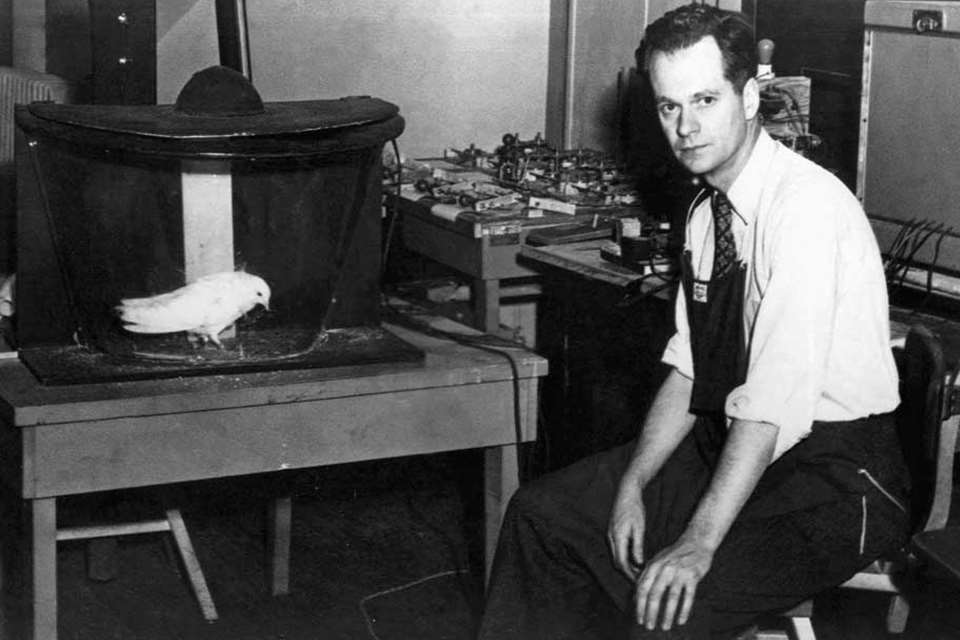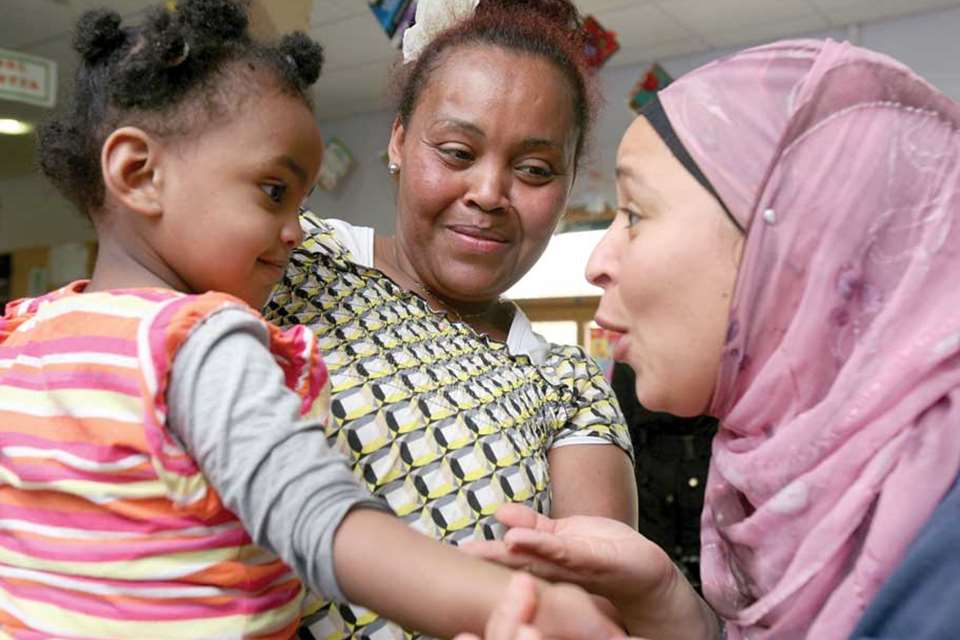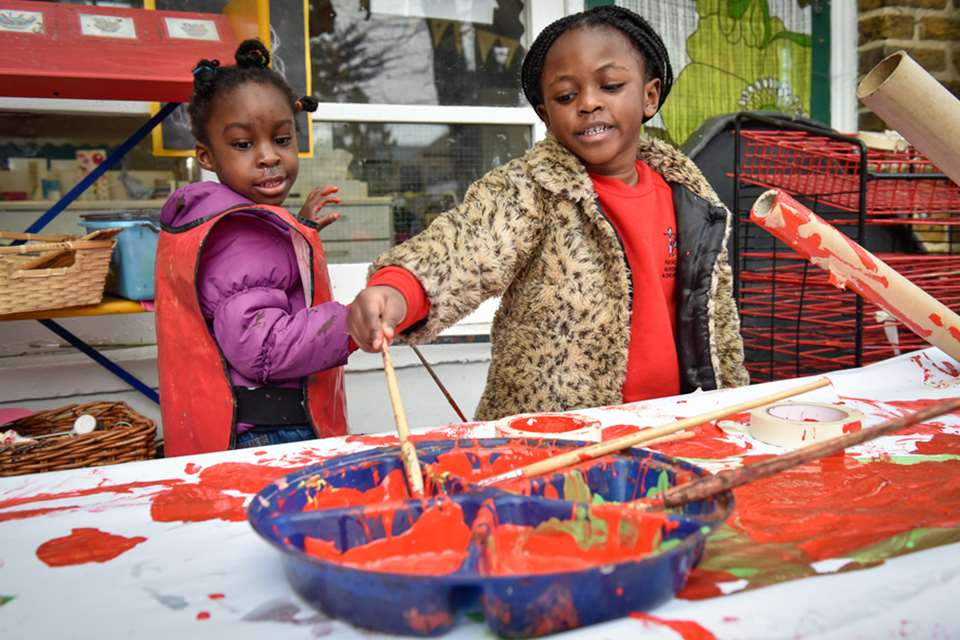Early Years Pioneers - Lev Vygotsky
Ruth Thomson
Monday, November 16, 2015
He died young, but Russian theorist Vygotsky helped to inform practice in many ways, says Linda Pound

Lev Vygotsky was a Russian Jew, born in 1896 – the same year as Jean Piaget. Unlike Piaget, who lived into his eighties, Vygotsky died at the tragically young age of 37 from tuberculosis, which he had suffered from since the age of 23.
The fact that he was Russian is relevant. Although he was a highly respected theorist and prolific writer, the political situation in Russia at the time meant that his work remained unknown outside the country until many years after his death.
When Vygotsky’s seminal book, Thought and Language, was finally translated into English in the 1960s, Piaget wrote the preface. In it, he voiced his sadness at never having had the opportunity to know Vygotsky and to discuss their work, which Piaget felt had so many points of shared interest.
The Russian Revolution in 1917 led many young intellectuals, including Vygotsky, to take an interest in Marxist views. This placed an emphasis on social co-operation, a key element of Vygotsky’s theories, rather than on individualism. It is this focus on the social and contextual aspects of development that particularly separates his work from that of Piaget –where the emphasis is on individual development.
The fact that Vygotsky was Jewish is also relevant. When Stalin came to power in 1928, Jews were persecuted. Vygotsky’s work was repressed, and right up until the mid 1950s it could not be discussed or disseminated in any way. For a time, it could be read in only one library with the express permission of the secret police.
Although his work was not known outside Russia, Vygotsky knew of the work of contemporary theorists, including Freud and Piaget. He was also influenced by the work of Charlotte Buhler, who worked in part on early language development.
Vygotsky taught literature at a secondary school for a time, but did not enjoy it. He subsequently took a job at a teachers’ training college, where he lectured in psychology. He became interested in special education, focusing particularly on the education of children with physical disabilities. In 1924, he became a research fellow at the Moscow Institute of Psychology and it was in this context that his theories were developed.
WHAT DID VYGOTSKY ACHIEVE?
Jerome Bruner, who developed Vygotsky’s work in his own research, claims that Vygotsky’s theories are the theory of education. Vygotsky’s work shares much with that of Piaget, emphasising that knowledge is constructed by the learner. However, while Piaget portrays the child as sometimes egocentric and frequently illogical, for Vygotsky children are both social and highly communicative.
For him, development is influenced by the culture in which the child lives and grows. This sociocultural perspective is familiar today and has been highly influential over the past 50 years, but was highly innovative at the time that Vygotsky was writing. From it has the come the work of such notable theorists as Bruner, Barbara Rogoff and Urie Bronfenbrenner.
In a book entitled The Development of Higher Mental Functions, Vygotsky argues that social relationships are central to learning and development. He writes that ‘the very mechanism underlying higher mental functions is a copy from social interaction; all higher mental functions are internalised social relationships’.
Vygotsky highlighted the role of social interaction in developing thought and interpretating experiences
Today, Rogoff argues that problem-solving abilities stem from social motivations. She also argues that conceptual development and memory are supported by ‘cultural tools for thinking’, including language, symbol systems such as writing and number, maps and diagrams. The Canadian Kieran Egan suggests that for very young children, vital tools for thinking include story, song rhyme and rhythm.
Vygotsky led the way in highlighting the role of social interaction in not only developing understanding of language itself but in developing thought and interpreting experien-ces. He saw the way in which children (and in difficult situations, adults) talk to themselves as an indication of the way in which language helps children to regulate their behaviour.
He famously argued that play allowed children to operate at a higher level than they found possible in other situations. On her website, Sue Palmer (www.suepalmer.co.uk) offers this translation of Vygotsky’s words: ‘A child’s greatest achievements are possible in play, achievements that will tomorrow become his basic level of real action and morality. It is the essence of play that a new relation is created? between situations in thought and real situations.’
Most famously of all, Vygotsky developed the theory of the Zone of Proximal Development (ZPD). Although frequently misinterpreted, there is probably not an early childhood student or practitioner in the land who has not heard of ZPD.
Bruner refers to it as scaffolding and Rogoff as guided participation. In essence, ZPD is the gap between what a child can do unaided and what they can do with some adult support. Parents or carers who know children well often scaffold intuitively – giving just the right amount of support as the child becomes more and more able to operate independently. In order to be effective, ZPD requires:
the engagement of more knowledgeable or experienced others – these may be children or adults able to model relevant language and actions
a goal that is neither too hard nor too easy
collaboration that allows the learner opportunities to do as much as they can while at the same time learning to play an increasing part.
CRITICIAL CONSIDERATIONS OF VYGOTSKY’S APPROACH
Despite the fact that Vygotsky has been referred to as the Mozart of educational theory, his work is not free from criticism. It has been said that in dying young, he acquired an heroic status. It must also be said that in dying young many of his theories were not fully developed – a common criticism.
Some criticisms focus on his methods. Vygotsky admired Piaget’s methods. Both saw the researcher as having an active role in experiments, so made use of conversation with children in an effort to understand their thinking. Critics describe Vygotsky’s approach as anecdotal rather than properly developed research such as Piaget produced.
Vygotsky is criticised for placing too much emphasis on the role of context or nurture and too little on the child’s own innate characteristics. One of his strongest proponents, Rogoff, criticises his ethnocentric viewpoint, but this is perhaps inevitable given the era and political context within which he was operating. In placing so much emphasis on language, it is also argued that Vygotsky overlooked the vital role of other cultural tools for thinking.
HOW DOES HE INFLUENCE PRACTICE TODAY?
ZPD, or scaffolding, has played a crucial role in supporting learning more effectively. It is this that has led to current understandings of differentiation and the role of collaborative learning. Rogoff maintains that mixed-age groups contribute to the effectiveness of learning, because they provide a range of models.
Apprenticeship learning is based on the understanding that modelling and imitation support learning at all levels. It is this that underpins initiatives such as Bookstart and encouragement for children to develop their own modes of written communication (often referred to as have-a-go writing). In their book Understanding Children’s Mathematical Graphics, Elizabeth Carruthers and Maulfry Worthington advocate a similar apprenticeship model for maths.
Cultural tools for thinking. No approach has taken the importance of tools for thinking more seriously than that of Reggio Emilia, which is influenced by the thinking of Vygotsky. Transformation of ideas from one expressive medium to another enhances understanding and is the rationale for the focus on the child’s 100 languages.
Intersubjectivity and sustained shared thinking. Neither term was coined by Vygotsky, but both capture Vygotskyan ideas, encapsulating the way in which interactions between adult and child shape thinking and learning.
Cognitive conflict. Research projects related to science and maths education have highlighted the role of challenge and support, enabling children to grapple with ideas and experiences that challenge their current level of conceptual development. Experience teaches that not all animals with four legs are cats, and that heavy objects do not have to be large, nor light ones small.
Play is a means of identifying solutions to problems, including social problems and developing understanding of rules. If you want other children to play with you, rules have to be negotiated that meet both sets of demands. Play allows children to scaffold one another’s learning; to rehearse what they have seen others doing; to explore cultural tools for thinking; to collaborate and interact. Vygotsky understood its primal importance in a way that appears to escape our ‘data-blind’ policymakers.
MORE INFORMATION
An Introduction to Dewey, Montessori, Erikson, Piaget and Vygotsky, C Mooney (2013), Redleaf Press
Bruner, www.nurseryworld.co.uk/nursery-world/news/110134
How Children Learn (2nd ed), L Pound (2014), Practical Pre-School Books
Introducing Vygotsky: a guide for practitioners and students in early years education, S Smidt (2008), Routledge
Urie Bronfenbrenner, www.nurseryworld.co.uk/early-years-pioneers
The Cultural Nature of Human Development, B Rogoff (2003), Oxford University Press
Kieran Egan’s work, www.sfu.ca/~egan
Understanding Children’s Mathematical Graphics – Beginnings in Play, E Carruthers and M Worthington (2011), OUP
The Hundred Languages of Children: The Reggio Emilia Approach to Early Childhood Education, edited by C Edwards, L Gandini and G Forman, Elsevier Science, 1998
Sustained shared thinking, www.nurseryworld.co.uk/nursery-world/news/1100998/question
Vygotsky for Educators, Y Karpov (2014), Cambridge University Press









